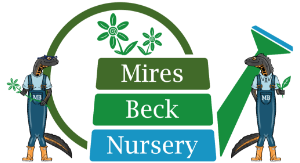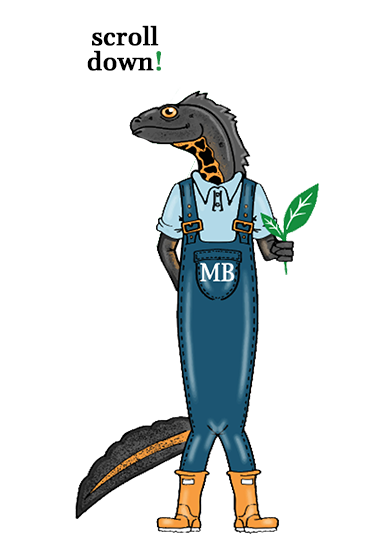Betula pubescens (Downy Birch)
Other Names: Common Birch, Moor Birch, White Birch, Hairy Birch
Description: A common species and very similar to the Silver Birch yet with a tendency towards slightly wetter habitats. The bark of older trees is brown or grayish-white and rarely has a fissured lower trunk or diamond shaped marks found on the Silver Birch. The twigs are usually held upright giving the tree a more rounded and less weeping crown.
Uses: Birch wood is hard and tough which makes it ideal for making furniture, handles for tools and toys but is of little commercial value in the UK as the trees do not grow a large as they do elsewhere. However, the Birch is an excellent wood for burning and is in high demand for log burning stoves. The bark is also sometimes used for tanning leather.
Conservation Value: As the canopy of birch trees is very thin, allowing lots of light to pass through, birch woods provide a perfect habitat for some rarer species such as English Bluebell, Wood Anemone, Wood Sorrel and Violets to grow. The tree provides habitat for over 300 different insect species which in turn provide food for many predator species. This in turn creates a strong food chain and makes the Silver Birch a vital conservation tree. Birch woodlands are also associated with many types of fungi including Birch Milk Cap, Birch Brittlegill and the Birch Knight. Their abundant seeds are eaten by a wide range of bird species.
Preferred Locations: Chalk clay, sand and loam soils and like moist but well drained locations. Often found in wetter, peatier locations than Silver Birch.
Size: Rarely exceeding 24m with a canopy spread of 4-8m.
Time to reach full height: 20 to 50 years.
Lifespan: 90 years.
Caprinus betulus (Hornbeam)
Other Names: Common Hornbeam, European Hornbeam.
Description: This large tree has a dense canopy which casts much shade. It can be the dominant tree in a woodland setting if allowed to grow to maturity but it is often coppiced. The species light gray bark can be confused with Beech but has vertical markings and most often a shorter, twisted trunk. The leaves can also be Beech- like but are shorter and have deeper furrows and toothed edges. They become golden yellow to orange in autumn and generally stay on all winter.
Uses: Hornbeam timber is a creamy colour with darker flecks and is the hardest wood of any tree in Europe. The modern uses for hornbeam are furniture making, wood turning and flooring but it was once used for creating ox-yokes which were used to tie a team of oxen together for ploughing. They are also used in the construction of butchers chopping blocks, partly due to their hardness but also as they have mild antiseptic qualities.
Conservation Value: As Hornbeams keep their leaves all winter they provide much needed shelter, roosting, foraging and nesting opportunities for birds and small mammals in this difficult season. The leaves are a food source for many moths and butterflies and the seeds are eaten by tits, finches and small mammals in winter.
Preferred Locations: The can be found on chalk, clay, sand or loam soils but favours clay. Likes a partially shaded location.
Size: Can reach a height of up to 30m with a canopy spread of over 8m.
Time to reach full height: 20 to 50 years.
Lifespan: Up to 300 years for a mature tree, longer if coppiced.

